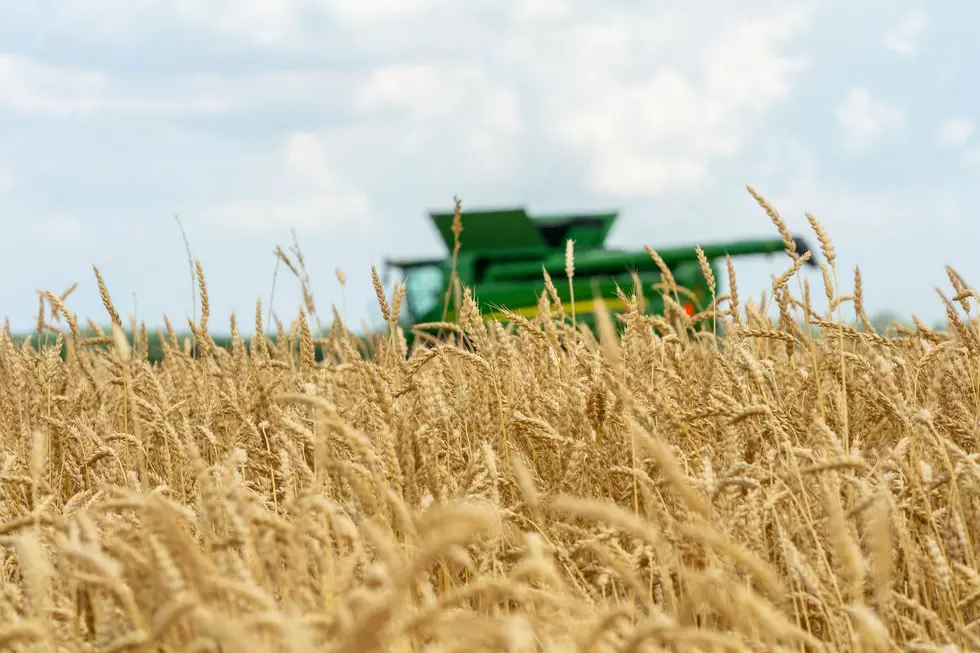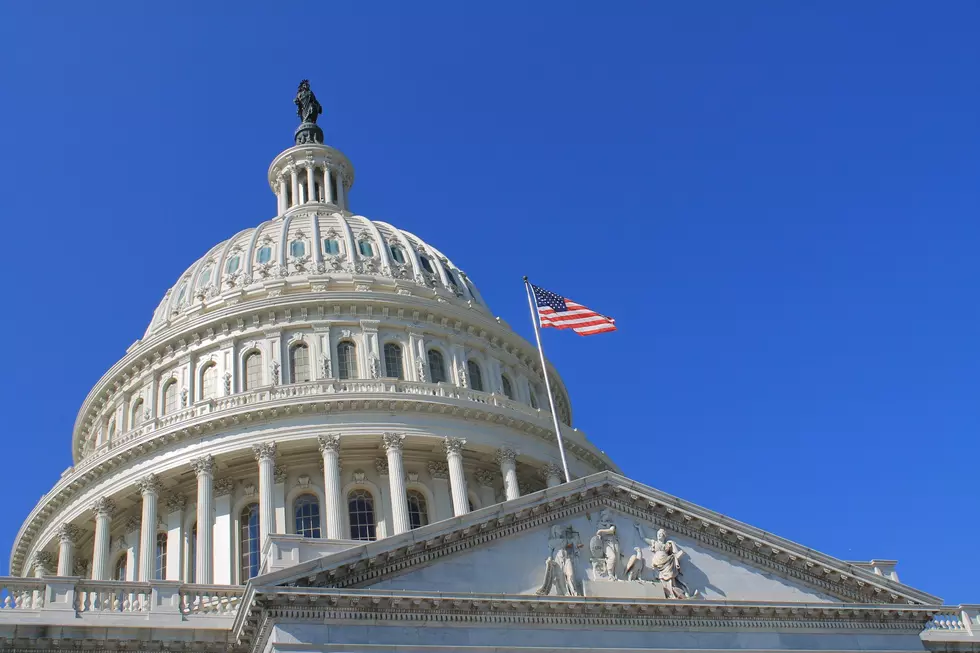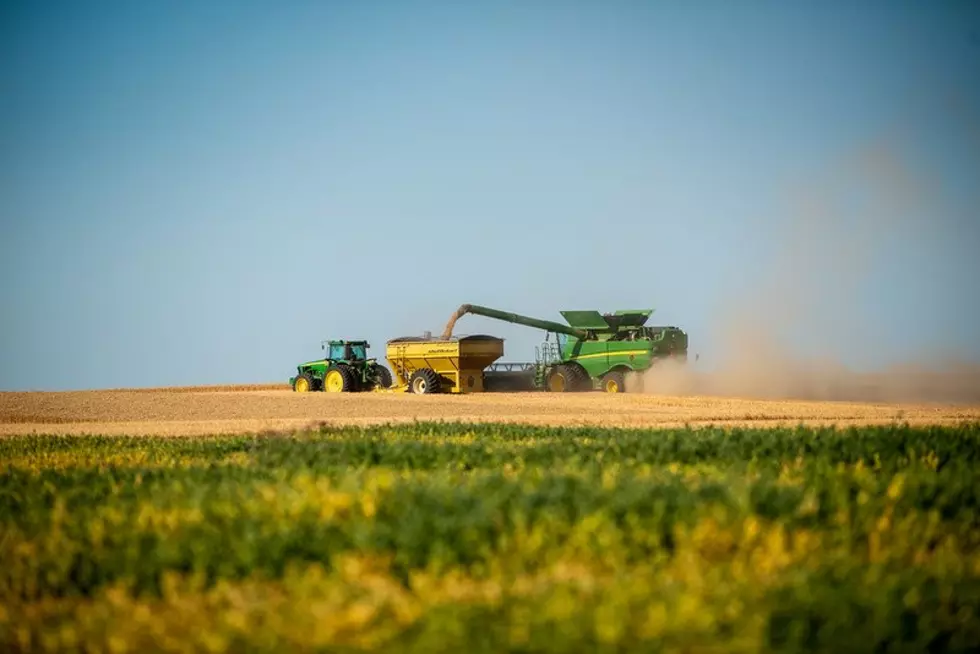
Farmers Should Prepare For “Sticker Shock” When It Comes To Crop Insurance In 2021
Choosing the right crop insurance protection option can be a challenging decision. The revenue protection products, the supplemental coverage option, and the Enhanced Coverage Option each provide different benefits.
Dr. Jim Mintert, director of the Center for Commercial Agriculture at Purdue University, says farmers need to be ready for ‘sticker-shock’ this year.
“We have the revenue protection products, the supplemental coverage option, and we have the ECO. The vast majority of people, really throughout the Corn Belt and especially the Eastern Corn Belt, are choosing a revenue protection product, and they’re pretty comfortable with it at this point. Probably the biggest challenge for people this year is going to be the jump in premiums, and that jump in premiums is triggered by two things; one is the fact that crop prices used to compute the revenue coverage have gone up substantially, and the second one is there’s more volatility. And so, there’s going to be a bit of sticker shock when you look at those premiums, but remember you are buying substantially more coverage than you were buying a year ago.”
For producers looking at the Supplemental Coverage Option, Mintert has this advice.
“If you think the SCO option is attractive and something you want to pursue, remember that from a farm program standpoint, you need to sign up for the PLC program for the 2020-2021 crop year to be eligible for SCO. For most people in corn, that’s probably going to be the program they’ll choose anyway. For soybeans, we’ve encouraged people to think about the ARC county program, but to be honest, we don’t expect either one of those programs to generate a farm program payment in 2021. It’s a bit of a coin toss on soybeans with respect to whether or not you’re choosing PLC or ARC county. If you think the SCO is something you want to pursue, there’s nothing wrong with choosing PLC for soybeans so that you’re eligible for SCO.”
Mintert added the Center is not impressed with the SCO coverage option.
“We don’t find the SCO product that enticing, largely because it’s tied to the county yield levels as opposed to the farm level. And so, it’s okay, it’s a product that is something to think about. Just don’t get fooled into thinking you’re replacing, for example, if you’ve historically been buying 85% coverage, don’t get trapped dropping down into 80% and thinking you can essentially get the same coverage by buying the SCO product that you’ve been getting in the past. It’s not the same animal.”
He calls the Enhanced Coverage Option the “new kid on the block” and said it’s likely most attractive to farms that can’t afford any significant downside revenue risk from current and predicted levels.
“The limitation of it is the fact that, although the coverage levels are very high, between 90%-95% ranging down to that 86, so you’re picking up between four and nine percent of additional coverage, the challenge is it’s tied to county-level yields, and so it’s a county-level revenue product. So, you’re mixing apples and oranges, and it’s a little hard to figure out where you’re at exactly. If you’re a farm that’s already been buying enterprise units, and your yields are highly correlated with the county over a long period of time, then you probably are buying a product that closely approximates what you might get on the enterprise unit side, so it probably makes a little more sense there.”
If you have a story idea for the PNW Ag Network, call (509) 547-1618, or e-mail gvaagen@cherrycreekmedia.com
More From PNW Ag Network









